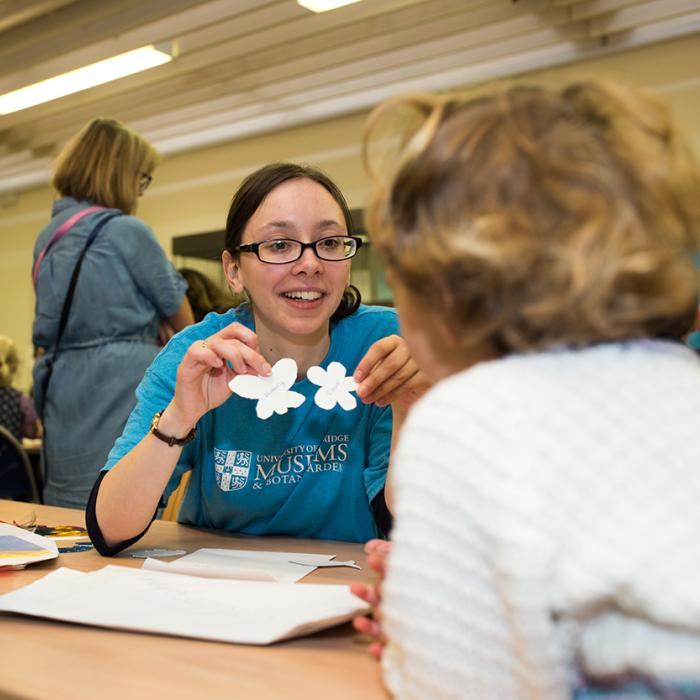Tired of overwatering and underwatering? Want to create an indoor oasis where your houseplants thrive and flourish? Join Glasshouse Senior Horticulturist Kathryn Bray on this one-day course, covering a diversity of house plant topics.
Packed with colour and pattern, interior designs vie with brightly coloured bedding schemes, and artificial flowers inside reflect artifice outside. Rich fashion fabrics are resolutely plain, but do the corsets and constrictions, bustles and flounces mirror the contrivances and deceptions in the garden where topiary and carpet bedding entertain? Inside and out are brought together in the middle-class home where ‘taste’ rules all.
Second part in a monthly series examining the interplay of textiles, fashion, culture, and garden design. Each session is sold separately.
In this one-day course you will learn all the processes involved in designing, carving and printing a lino block.
This hands-on workshop brings together science and creativity to explore the world of natural dyes – co-taught between the Curator, who specialises in the science of plant pigments and our artist in residence.
Transform your skin care with plant power! Discover how to use ordinary plant-based ingredients to enhance your daily beauty routine and create sample masks straight from the kitchen larder to soothe, nourish and rejuvenate your skin. During this class we’ll also make our own nourishing, healing and luxurious lip balms, a facial moisturiser with added precious essential oils to nourish the skin, and a gentle skin cleanser. These will all be made from plant-based ingredients (plus a little beeswax) and packaged in eco-friendly tins.
Would you like to understand how plants grow and reproduce in the enticing world of succulents? Then come and join our beginner’s course! Learn how to propagate and grow succulents from cuttings and explore the substrates in which to grow them. Learn propagation methods: stem, seed, leaf, rosette cuttings and plantlets. Delve into cacti propagation: globular, columnar or flat stem cuttings, as well as grafting and division. The course will include both practical and theoretical elements, including a tour of the succulent and cacti collection at the Botanic Garden.
From plates and perfume bottles to teapots and tableware, take a closer look at intricately detailed, technically innovative and visually striking enamelled art objects and find out how this skilled artform was elevated to new heights.
Opening Times
Tuesday – Saturday: 10am – 5pm | Sundays and Bank Holidays: 12 – 5pm
This display reveals the treasure of the Plowden songbook, a rare manuscript of 77 songs in Persian, Urdu, Classical Hindi and Punjabi, brought to life through detailed illustrations of musicians, dancers, singers and courtesans.
Opening Times
Tuesday – Saturday: 10am – 5pm | Sundays and Bank Holidays: 12 – 5pm
Celebrating a career lasting nearly seven decades, our exciting display brings together a lifetime of the artist’s work.
Discover the connections between art across time and explore Bowling’s works and his artistic influences, from Titian to Turner and his contemporary Aubrey Williams to Tracey Emin.
Opening Times
Tuesday – Saturday: 10am – 5pm | Sundays and Bank Holidays: 12 – 5pm
Bringing together paintings, drawings, textiles, ceramics and more, including rarely seen examples from our own collection, this exhibition offers a fresh perspective on one of the world’s most influential thinkers on art, craft and design.
Opening Times
Tuesday – Saturday: 10am – 5pm | Sundays and Bank Holidays: 12 – 5pm

